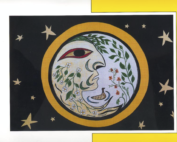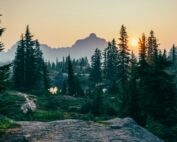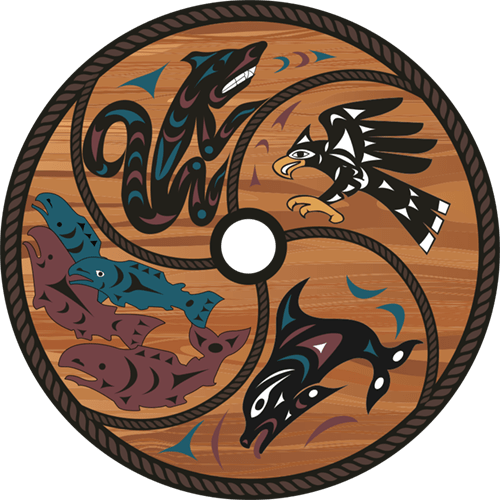SṈIDȻEȽ (or “place of blue grouse”) is the first village of the W̱SÁNEĆ peoples. Last week, W̱SÁNEĆ youth took another step in revitalizing this sacred place.
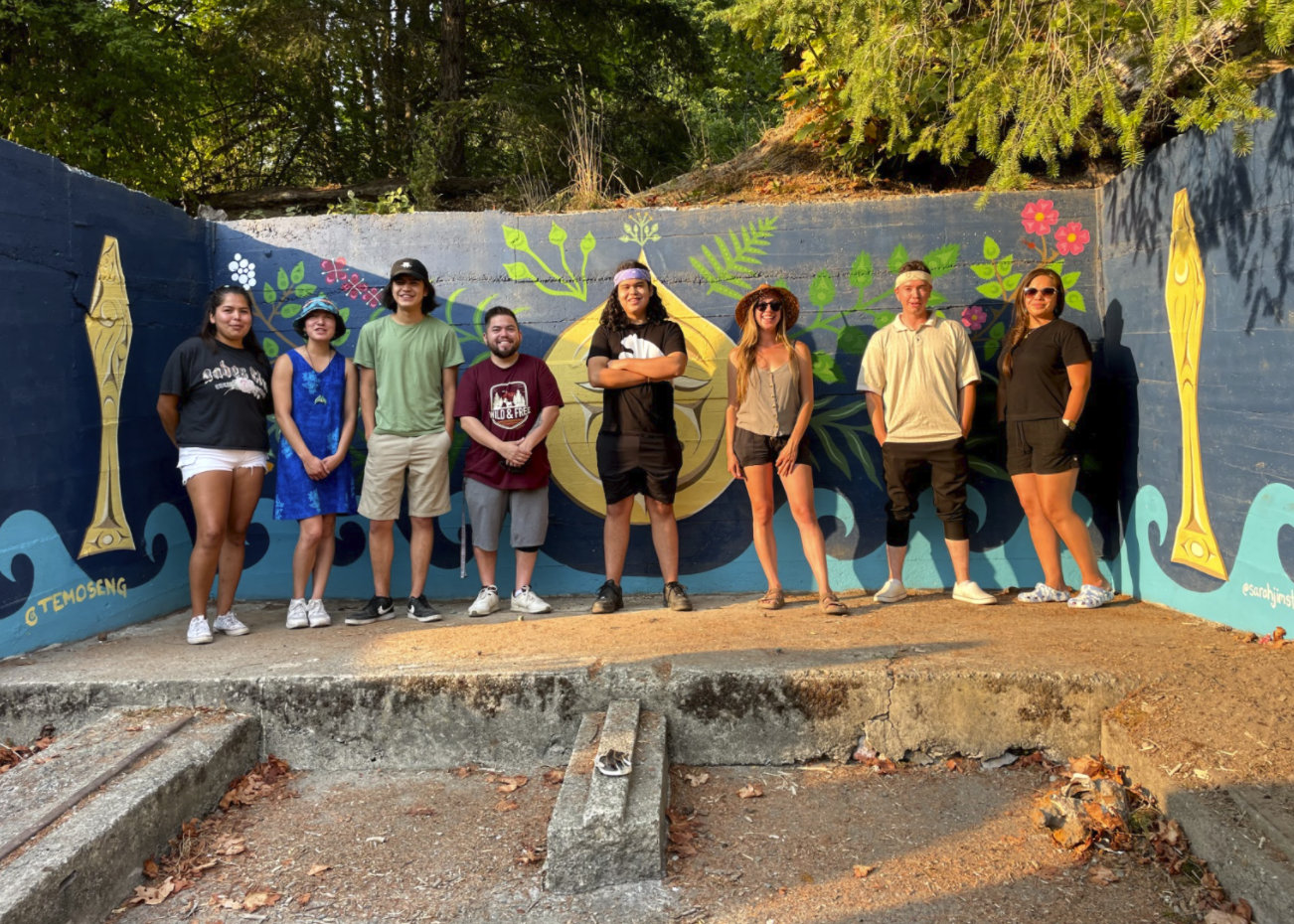
After settlers arrived and W̱SÁNEĆ people were removed from their land, the village of SṈIDȻEȽ was replaced in the early 1900s with a cement factory. Debris and the remains of concrete structures now litter the area known as Tod Inlet, adjacent to Butchart Gardens.
Many efforts have been underway to restore SṈIDȻEȽ, including: the SṈIDȻEȽ restoration project, as well the installation of W̱SÁNEĆ signage with place and plant names in SENĆOŦEN. However, much still needs to be done to ensure the blue grouse have a safe and healthy forest, and to restore W̱SÁNEĆ people’s connection with this place.
The SṈIDȻEȽ Mural Project aimed to do much more than beautify deteriorating cement walls. Instead, the intention was to take back the space to reflect W̱SÁNEĆ people’s relationship to the land, to help all visitors understand the sacred history of the place, and to honour the native plants and medicines.
Tiffany Joseph, one of the project organizers, shared this story about SṈIDȻEȽ:
“SṈIDȻEȽ means “place of blue grouse” and is the first village of the W̱SÁNEĆ peoples. The first man, SȽEMEW̱, came down from the sky and descended on the place we call SṈIDȻEȽ. He built the first village and raised his family with the teachings from XÁLS, our creator. Our people enjoyed harvesting in this village for centuries until the 1900s when a cement factory polluted the land and the waters of SṈIDȻEȽ.”
The SṈIDȻEȽ Mural Project was led by Sarah Jim from W̱SÍḴEM, Temoseng Chazz Elliott from W̱JOȽEȽP and ŚW̱,XELOSELWET (Tiffany Joseph) with the support of Erich Kelch and funding through the CRD. Community members who contributed to painting include Laverne Alphonse, Aleena Lano, Tavien Henry, Vince Olsen, Austin Leo, TEMOSTIOT Cedar Shackelly, and Tua Va’e (not pictured).
As well, Elders Dan Sam, Lila Sam and their daughter Gail Sam all from W̱JOȽEȽP, opened and closed this mural project in a good way. The history of SṈIDȻEȽ was shared and W̱SÁNEĆ ethnobotany was discussed. Then, the youth drew and wrote what was important to them and their relationship to this village on the reclaimed cement wall.
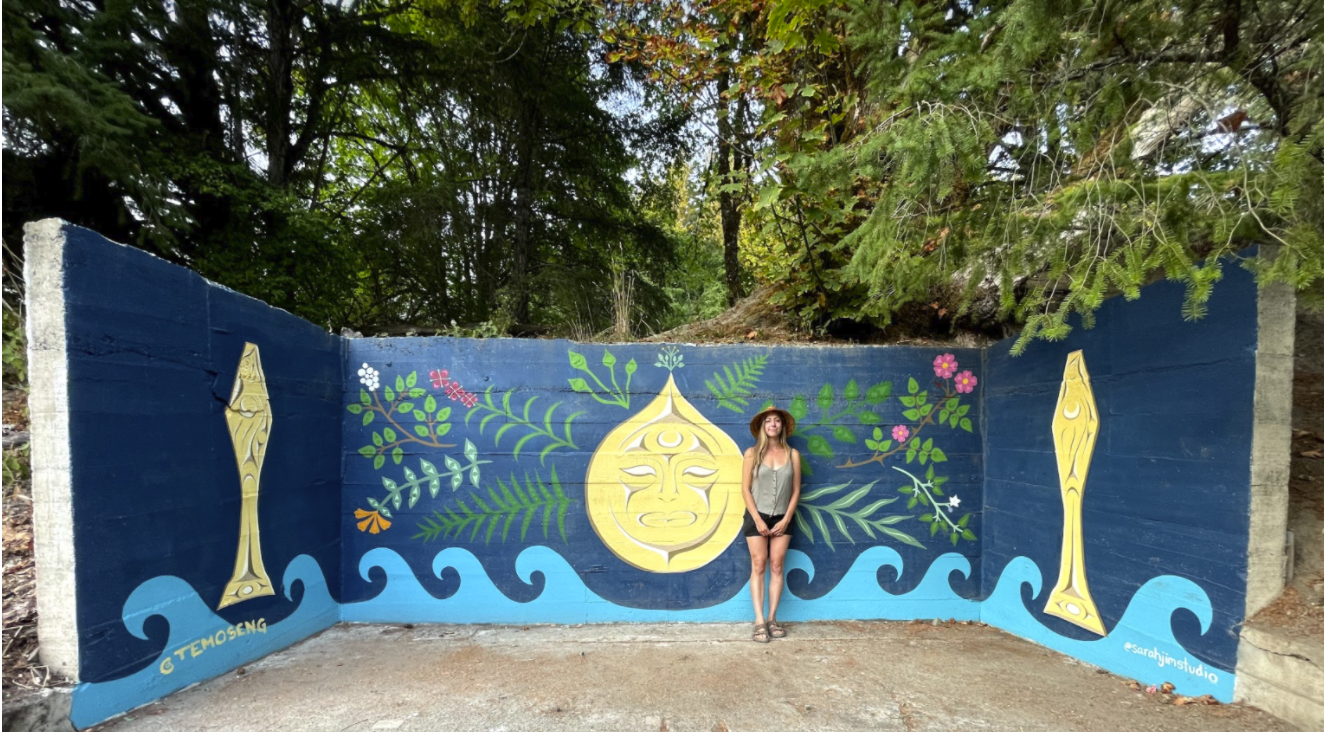
Shown here, Artist Sarah Jim, Design elements included in the mural, a raindrop in the centre depicting SȽEMEW̱, indigenous plants with Coast Salish design elements, paddles with a grouse design in each paddle




